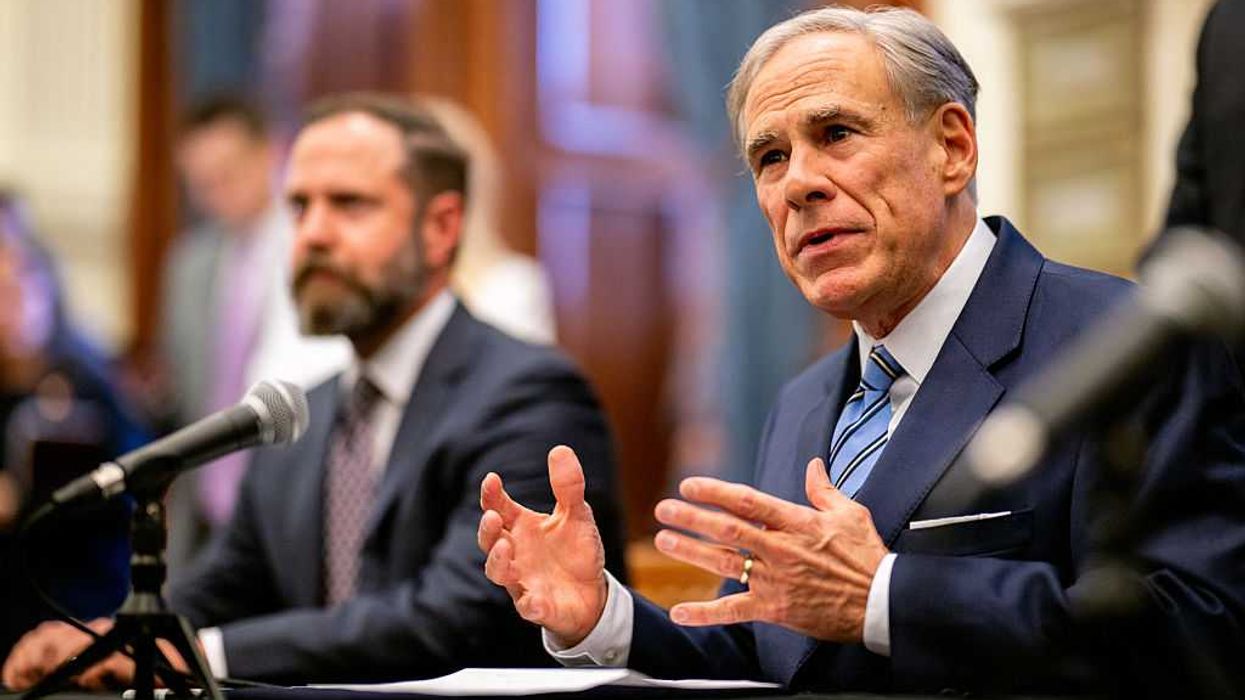On Wednesday's Glenn Beck Program, Stu laid out Glenn's theory for where the economy was headed in 2015. A lot of people are excited about declining gas prices, but is there something concerning happening below the surface?
Below is a transcript of this segment
Stu: So, here’s where I attempt to lay out what Glenn was hoping to lay out before he…well, he was laid out. Today, the economy, what can we expect going into 2015? There’s a lot of speculation about how America’s economy is set to perform this year. You’re hearing a lot of optimism about the supposed coming growth boom, and then they’re right. Are they? Is it a lot of wishful thinking?
Well, it’s true that America is inching very slowly forward at the moment. It won’t matter much if the rest of the globe tanks, as many were predicting is going to happen. We have to look ahead. We’ve got to look ahead at what’s to come.
Let’s look back first though to 2008 when the economy came crashing down. What was the root cause? Remember this fancy word? Oh, I missed all the constant conversation about derivatives, didn’t you? Mainly in the form of subprime mortgage loans. The economy was seemingly fine before that hit. Lots of people were getting rich. There were jobs, but there were warning signs—too much borrowing from people who couldn’t afford it.
Politicians didn’t care because they could use that to say Americans were owning homes for the first time. Look how successful we are in Washington. Seven years later, here we go again. Derivatives are back in the news. After the billions in bailouts, all the regulations, banks were supposed to increase transparency and reduce risk. They’ve done the exact opposite.
The top four banks are now holding $217 trillion in derivatives. That’s 93% of the total 233.9 trillion in derivatives held by all banks. In 2008, the number of all derivatives for all banks in the entire country was under $200 trillion. What possible incentive could banks have for taking on more risk?
One reason is because the bigger they get, the more important they get, and the more important they get, the more likely politicians will declare them too big to fail, and then they get all those fancy bailouts. Remember TARP, abandon the free market principles to save the free market system? Citibank seems to have taken this strategy to heart. They’ve gone from $1 trillion in derivatives to 70 trillion, surpassing J.P. Morgan as the top holder.
Pretty risky…or is it? Because jammed in the CRomnibus bill at the last minute was a measure that ensured the big banks would once again receive bailouts, putting taxpayers on the hook for their risky banking adventures again. Guess who helped craft this legislation…Citibank. So, that’s the first thing to watch. I mean, look at this graphic. On the left you see the Citibank ideas. This is what we think the bill should look like, and on the right you see what the bill actually looked like.
Now, you might say hey, wait a minute, the thing in green looks just like the other thing in green, and the thing in yellow looks like the other thing in yellow, and the thing in blue looks like the other thing in blue. The thing in grey looks like the other thing in gray, almost identical, but what you’re missing here is that the one and the two in the real bill are A and B, so there was a big change there. That’s what you elected your representatives for. They changed the one and two to A and B. This is something to watch. The big four banks now are holding 93% of all derivatives and adding more and more risk.
Next, oil…Glenn has said a million times on this program that we can’t sustain oil at $130 or $140 a barrel, but that theory works in the opposite direction as well. Oil has now fallen below $50 a barrel. Many countries have pegged their entire budgets to a much higher price of oil, and so the longer it stays below that number, the longer these countries hemorrhage cash.
So why is that bad for us? Famed investor Jeff Gundlach says…he warned of terrifying consequences. “If oil falls to around $40 a barrel then I think the yield on ten year treasury note is going to 1%. I hope it does not go to $40 because then something is very, very wrong with the world, not just the economy. The geopolitical consequences could be—to put it bluntly—terrifying.”
Somewhere around 15 and 20% of the junk bond market are energy-related, so when you have oil prices staying where they are for several months, which is probably likely because that’s a policy decision that some oil producers have made, some of these companies will start really running into financial troubles.
The counter argument being made is that the troubles will be confined to just the energy sector. It’s only a pocket of the economy, after all, but the problem with that argument is it’s the same freaking argument that was used about subprime mortgage loans. Because so many countries have based economies on higher oil prices, sustained low oil prices will also have a huge negative impact.
Russia is one country under enormous pressure because of this, and look, we know what Vladimir Putin is doing. He’s openly accusing America of gaming the economy to punish Russia. Leaders often start wars when there is pain and tension like this. Now, the probability of Russia starting war certainly with us is low, but I think the risk of Russia going off the reservation is much higher with oil at $55 or $45 or $40 than it was at 95 or 110.
Here’s another thing to consider, since 2007, Texas has created 1.2 million net jobs. The other 49 states have created 700,000 jobs combined. Energy is a huge factor in that growth. If the energy sector plummets, so will Texas. Since the rest of the country isn’t, you know, exactly doing so hot, we’re looking at difficult times if that happens. There’s a good chance that 2015 will be a difficult year for the global economy, and if that happens, America will become the scapegoat. But even more than America, capitalism itself will be put on trial.
Now, we all know capitalism is always on trial, but this will be the boot-on-the-neck attempt to put the final nail in the coffin. So, where does that leave freedom? Where does that leave you and me? It leaves the world in the hands of madmen, and the world begins to look a lot like it did in France this morning.

 Harold M. Lambert / Contributor | Getty Images
Harold M. Lambert / Contributor | Getty Images
 Adam Gray / Stringer | Getty Images
Adam Gray / Stringer | Getty Images Anadolu / Contributor | Getty Images
Anadolu / Contributor | Getty Images Brandon Bell / Staff | Getty Images
Brandon Bell / Staff | Getty Images